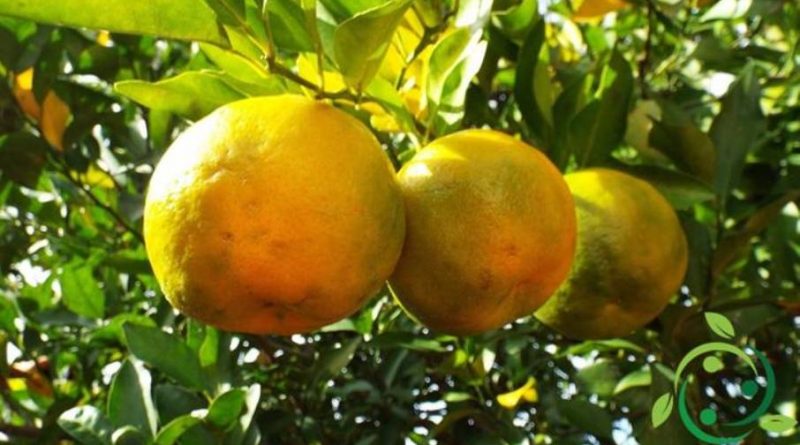How to prune the Bergamot
How to prune the Bergamot
Bergamot (Citrus × bergamia, Risso & Poit.) Is a citrus fruit of the genus Citrus, cultivated in Italy, especially in the province of Reggio Calabria which, alone, holds 80% of world production. In this sheet we will see some aspects related to this plant and especially how to prune the Bergamot. Bergamot is a plant that is grown on a year-round bitter orange rootstock. The bergamot has a productive life that is on average 25 years, beginning at the age of three and maximum productivity at 8 years. To obtain good productions, the bergamot plant should be pruned low enough to allow the fruit to grow at the bottom of the sheltered from strong summer sun and strong wind. For the scaffolding and the form of rearing of the plant it should be taken into account that this must be cultivated with 4 x 4 m (or 5 x 4 m) and that it is often necessary to repair the bergamot plant with rows of high pines. height and thick, to repair the cultivation from any winds that are poorly tolerated by bergamot. The form of breeding commonly adopted is the full-crowned globe and the pruning technique must be carried out to reduce the phenomenon of alternation to which this citrus should be subject.To obtain this form we start from a plant already deck at about 50-80 cm from the ground and presenting 3-4 branches (ie with angles of 120 ° or 90 °). These branches must be inclined 60 ° from the vertical, be in a symmetrical position and their insertion points must be about 10-15 cm apart from each other; any surplus branches will be eliminated. In any case, interventions must be limited to the minimum necessary.
In addition to this criterion it is important to reduce the production of young twigs to aerate the foliage of the plant and make sure that the sprigs are properly spaced. When performing the pruning, as mentioned, the upper branches of the plant must be lowered so that the majority of the fructification is located in the lower parts of the foliage; in general we say from eye-level down. Even if the shape of pruning chosen is the globe in the bergamot, more than in other citrus fruits, it is important to be able to receive a lot of light inside the plant (also for phytosanitary reasons) so we must eliminate branches that intertwine and excessive internal vegetation. Moreover, pruning should never be performed in February and March, when the reserve substances accumulate and the periods in which the temperatures are very low or very high must be avoided. It is still recommended not to overdo the pruning, limiting only to lighten the crown by removing the dry, broken or weakened branches. The succhioni, that is the long branches without fruits, must be eliminated when they come from the basal part of the larger branches, while for those located in the most peripheral areas of the foliage you can limit yourself to the shoot. Also, in bergamot, it is advisable to prune same way every year, to decrease, as mentioned, the alternation of production present in this species. A detail, finally, on the most cultivated varieties of bergamot; these are:
– The “Fantastico” which alone holds 75% of the production and is often preferred to the other two because it has abundant fructification rich in essential oils; The tree has a good development, big leaves, its fruits have a globular shape and are harvested at the end of November beginning of December.
– The “Femminello” variety, which has a reduced development, is rapidly growing in production but demanding and not very long-lived; its fruits are harvested in October.
– The “Castagnaro” cultivar which is a vigorous and long-lived plant resistant to the wind but presents the phenomenon of alternating production to a greater extent than that of other varieties. This cutivar has large, lanceolate leaves and its fruit has a globular and medium shape and is the content of its essential oil. The fruit of this variety ripens and is harvested in November.

